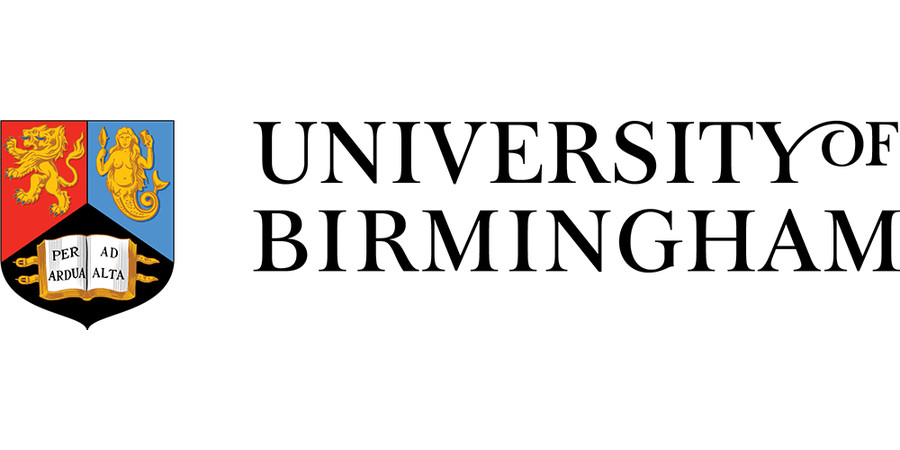PhD Studentship: Using Microencapsulation to Study Biofilm Formation
University of Birmingham - Department of Chemical Engineering
| Qualification Type: | PhD |
|---|---|
| Location: | Birmingham |
| Funding for: | UK Students, EU Students, International Students |
| Funding amount: | UKRI funding will provide annual stipend for living costs and tuition fees at the UK rate |
| Hours: | Full Time |
| Placed On: | 14th November 2024 |
|---|---|
| Closes: | 31st May 2025 |
Most bacteria in nature live in biofilms, communities that are usually attached to solid surfaces and protected by a self-produced matrix of polymer molecules. Biofilms are frequently more resistant to a range of antibiotics and toxic compounds and are very difficult to remove from surfaces. For these reasons, biofilms represent a massive problem for humanity, for example causing ~80% of infections, fouling pipes, and increasing fuel usage on ships. The economic impact of biofilms has recently been estimated to be ~ US$4000 billion per year, as well as health and societal impacts (Cámara et al., 2022). The traditional model of biofilm formation on a solid surface comprises five stages: initial (reversible) attachment; irreversible attachment; proliferation and microcolony formation; maturation; and dispersion (Sauer et al., 2002). This developmental pathway is tightly regulated and depends upon external cues and stimuli, transcriptional factors, and second messengers such as cyclc di-GMP. In most organisms, these processes are not fully understood; even in the best-studied biofilm-forming organisms (eg Pseudomonas aeruginosa), there are still gaps in understanding.
Key questions include:
- How is primary adhesion of bacteria to solid surfaces mediated?
- How do bacteria sense surface attachment and switch from a planktonic to a sessile (attached) physiology?
- How do sessile bacteria coordinate synthesis of polysaccharides and other matrix components?
Furthermore, there is growing evidence that the traditional five-step model of biofilm formation only represents part of the biofilm story (Sauer et al., 2022). Some bacteria form a type of biofilm called a pellicle that “floats” on the air-liquid interface; other bacteria form clusters that are suspended in growth media. The differences and similarities between biofilms, pellicles, and clusters are still poorly understood, and new methods are needed to better map the full scope of biofilm physiology. In this project, we will use microfluidics and core-shell microbeads (Håti et al., 2016) as a platform to study biofilm formation.
We will generate microbeads, around 50 μm in diameter, containing bacteria and surrounded by a polymer shell. This will allow us to follow bacterial cluster formation over time and measure aspects of physiology such as biofilm morphology, expression of biofilm-relevant genes, and concentrations of c-di-GMP and other second messengers. Altering the chemistry of the shell of the bead will allow us to determine the impact of physicochemical characteristics on biofilm formation and also probe the mechanical properties of the biofilm. Changing the liquid medium inside each bead will also permit investigation of the effect of stimuli on stages of biofilm development.
This project is a multidisciplinary collaboration between Overton, an expert on microbiology of biofilms and single cell analysis, and Bassett, an expert on soft materials in tissue engineering and biomaterials. Candidates are encouraged to contact the lead supervisor, Dr David Bassett (d.c.bassett@bham.ac.uk), to discuss the project before applying.
Funding notes:
Funding and training provided through the Midlands Integrative Biosciences Training Partnership. International students (including EU students) are welcome to apply. Studentships would be jointly funded covering international tuition fees in full. UKRI funding will provide annual stipend for living costs and tuition fees at the UK rate. The difference between UK tuition fee rate and international tuition fee rate will be covered by University of Birmingham funding.
Advert information
Type / Role:
Subject Area(s):
Location(s):









